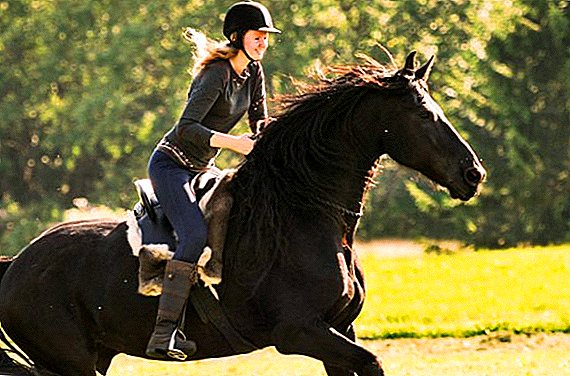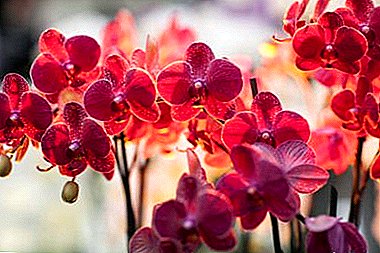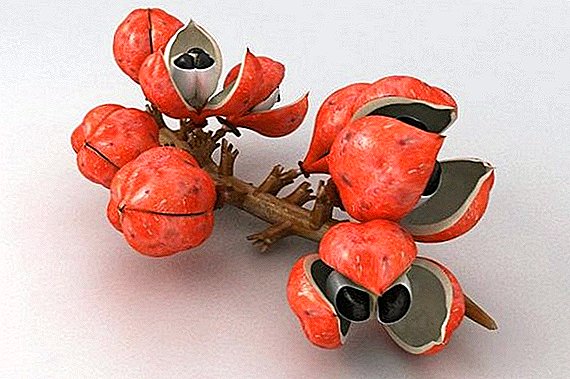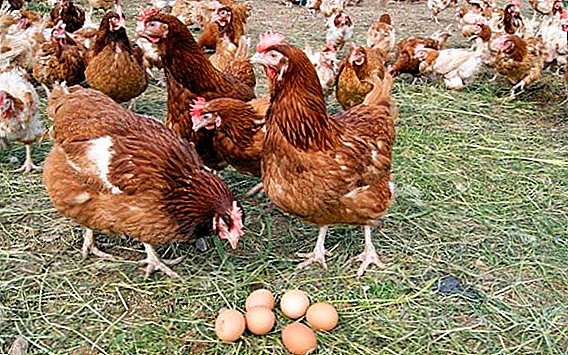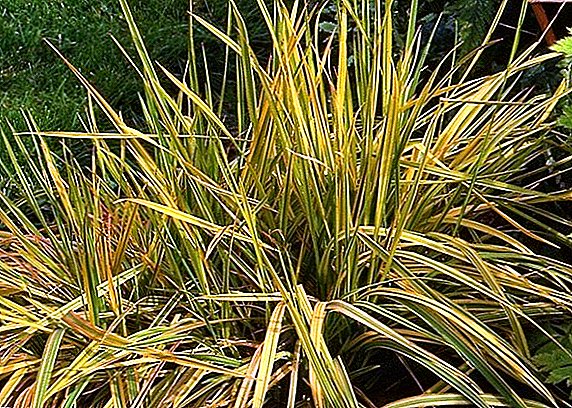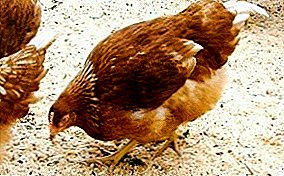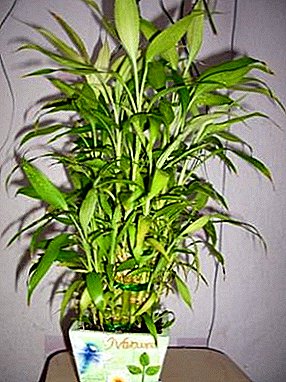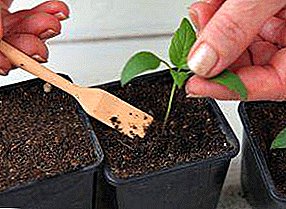 Cornflower garden perennial - a beautiful and unpretentious flower that perfectly complement your flower bed. What cornflowers look like, what features of their care, and what you need to know about the rules of growing these flowers - this is what will be discussed in this article.
Cornflower garden perennial - a beautiful and unpretentious flower that perfectly complement your flower bed. What cornflowers look like, what features of their care, and what you need to know about the rules of growing these flowers - this is what will be discussed in this article.
Choosing a landing site
Cornflower is an ornamental plant, with pinnately dissected or whole leaves. It has a large variety of color variations: there are blue, purple, blue and many other shades of flowers.  But, despite such sad legends, the plant is very beautiful and popular among gardeners. It is often found in home beds.
But, despite such sad legends, the plant is very beautiful and popular among gardeners. It is often found in home beds.
Did you know? According to legend, this particular flower cured the centaur Chiron, accidentally wounded by the poisoned arrow of Hercules. Hence the Latin name "Centaurea cyanus". The Russian name is associated with an old fairy tale about the beautiful son of the widow Vasily, who was unrequitedly loved by a mermaid. Vasily refused the mermaid, and in anger she turned this guy into a cornflower flower.
Lighting
Cornflowers are very light-loving plants. Therefore, for their landing it is necessary to choose a flat place, preferably completely under the sun. It is not necessary to plant flowers close to each other so that they do not shade the neighbors.
The best option would be a distance of 15 to 50 cm (depending on the variety).
The soil
Cornflower prefers light loam, which means lime should be added to the acidic soil in the fall. Also ensure the earth’s looseness by adding sawdust or sand. Do not forget to take care of drainage.
Cultivation of seeds in open ground
Different types of cornflowers are propagated in different ways. Annuals - only with the help of the seed. Perennial - seeds, by dividing the bush or by cuttings.  To begin, let us tell you about annual cornflowers, their cultivation from seeds, as well as about when and how to plant them.
To begin, let us tell you about annual cornflowers, their cultivation from seeds, as well as about when and how to plant them.
Terms for sowing
Seeding is carried out after heating the soil. Most often, this is the second or third decade of April or the first decade of May. Within a week or two, young shoots will appear on the surface.
You will be interested to know how to use the healing properties of cornflowers.With self-seeding, thinning is necessary to maintain a distance of 30 cm between the plants.
If you plan to grow perennials from seeds, then they should be sown before winter, when the earth is already beginning to freeze. Such seeds winter well and begin to grow in the spring. 
Soil preparation
Preparing the soil for planting cornflower seeds is digging and loosening. No other special operations are required, the flower and so perfectly go into growth.
Sowing seeds
Sow the seeds immediately at the place of permanent deployment. Try to maintain a distance between the seeds of 30 cm. After the sprouts appear, the cornflowers can be thinned. Thinning also becomes necessary when self-seeding flowers in the fall.
Use in landscape design
Bright appearance (it is especially noticeable when cornflowers bloom), a variety of shapes and shades allow to use these flowers widely in landscape design.
Did you know? Since 1968, cornflower is the national flower of Estonia. Germans also have a special love for this plant. In some nations, he even bears the name "German flower"They are used to create garden installations together in other colors, like bright spots on lawns. Cornflower blue, in combination with adonis, calendula, cosmea, poppy seeds perfectly harmonizes, and together they create a beautiful, natural lawn.
Below are examples of the use of garden cornflowers (with photos) in landscape design.
How to care for flowers
Even such an unpretentious plant must be looked after. Then you prolong the time of his life and be able to enjoy blooming for a long time. 
Watering, weeding and loosening
Cornflowers do not like abundant moisture. Therefore, in a rainy summer it is quite possible to do without additional watering. In dry weather, you need to provide watering to moisten the land, but try not to overdo it.
Learn how to organize automatic watering and watering from the barrel.Weeding is needed in the early stages of growth. When the cornflower comes into effect, it is able to drown out almost all the weeds.
Loosening is required once or twice a month.
Top dressing
Fertilizing cornflowers helps to prolong their flowering. The recommended frequency of fertilizer application is every two weeks.  Make complex compounds (nitroammofosku, crystalline) at a rate of 20-30 g / sq.m. land.
Make complex compounds (nitroammofosku, crystalline) at a rate of 20-30 g / sq.m. land.
Important! Do not exceed dosage. This can lead to yellowing of the leaves and the death of plants.
Pruning
Pruning faded flowers will make your plants more aesthetic. This will also prevent self-sowing of flowers. In total there are 2 ways to trim: high and low. At high, the stems are pruned under the inflorescences.
With low pruning, the plant height does not exceed 10 cm. For beginners, the upper pruning is suitable, then the bush will be neat and airy. The disadvantage of low pruning can be considered getting glades in the flower garden. 
Fight against diseases and pests
Diseases rarely affect cornflower. The main cause of disease - improper care and excessive watering. Most often, you can see on the annual cornflowers dark spots - fusarium.
To get rid of them, process the flower with "Fundazol" or spray with a mullein (1: 1 ratio). Powder with ashes helps the leaves well.
Important! Treat perennial cornflowers is not worth it. In order to avoid recurrence of the disease, it is better to remove the affected parts and destroy them.
Reproduction by dividing the bush
Perennial cornflowers reproduce well by dividing the bush.  The procedure should be carried out at the end of the summer, when the plants have already faded. For this parent bush, dig, well shake and wash the roots. Remove excess shoots and cut off the side. Try to have at least three future kidneys in this segment.
The procedure should be carried out at the end of the summer, when the plants have already faded. For this parent bush, dig, well shake and wash the roots. Remove excess shoots and cut off the side. Try to have at least three future kidneys in this segment.
Now the segment can be planted at the place of permanent growth and carry out the lower pruning. This plant requires more frequent watering - every other day, for a month, but you should not pour them with water. Flowering correctly planted cornflower will begin next year.
Ease of planting and care, beautiful appearance, a variety of shades and varieties make cornflower an ideal plant for planting in the garden. He will not take the trouble and forgive mistakes novice gardeners.


